
OR
COVID-19 Wave II: Where will Nepal go?
Published On: May 12, 2021 07:00 AM NPT By: Dr Hom Nath Chalise
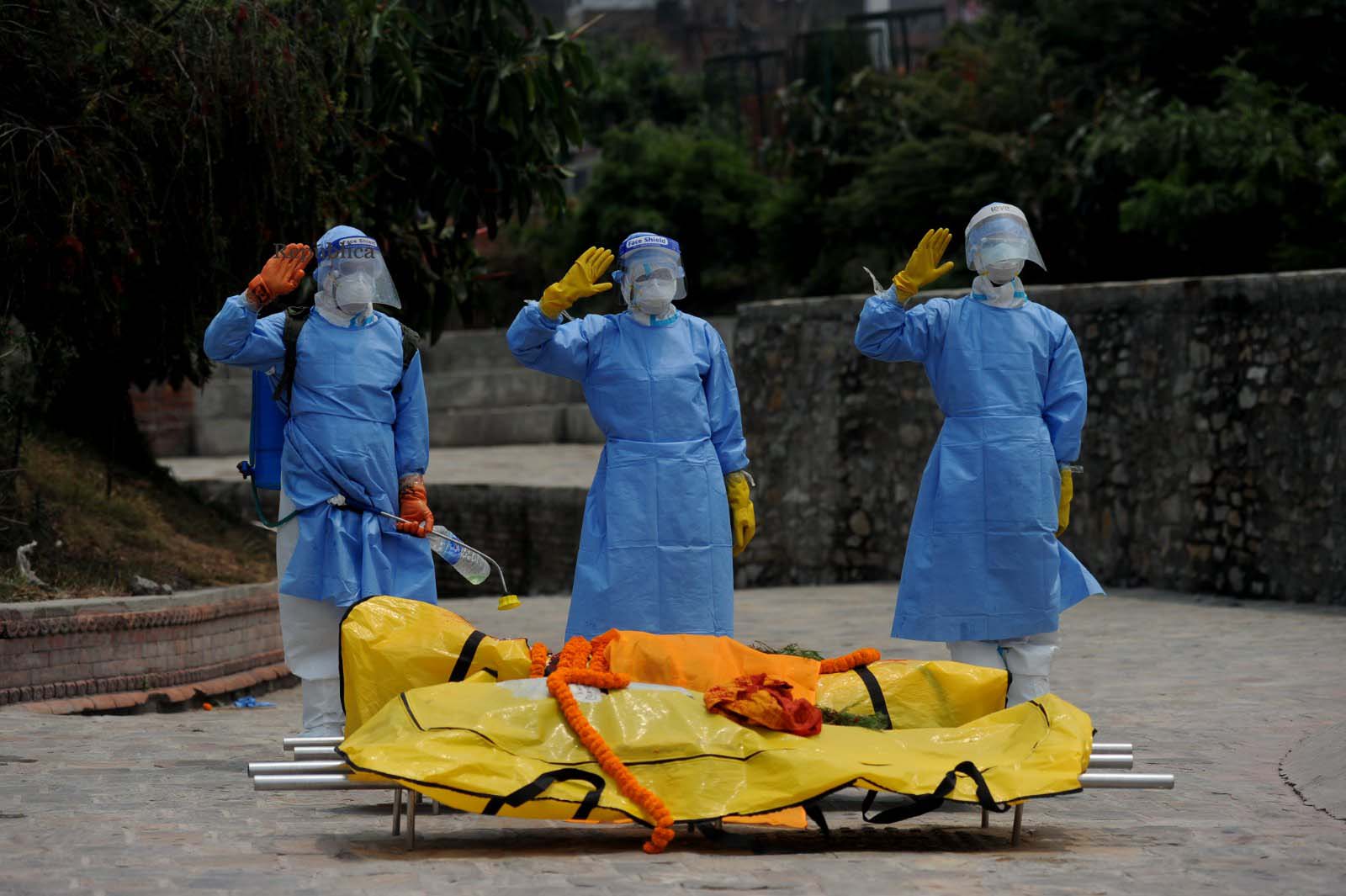

Dr Hom Nath Chalise
The author is Associate Professor of Public Health at Nobel College, Pokhara Universitynews@myrepublica.com
More from Author
With South Asia becoming the center of the Corona pandemic in recent times, Nepal has reached a position where the daily positivity is very high not only in this region but also in the world. Past experience and inability to learn from the rest of the world is the biggest weakness and mistake of Nepal.
The first case of the COVID-19 pandemic in Nepal was confirmed on 23 January 2020. It was also the first recorded case of COVID-19 in South Asia. Nepal reported its first COVID-19 death on May 16, 2020. The death rate from COVID-19 was high in September and October last year in Nepal during the first wave of the viral disease. Nepal is a landlocked country situated between China and India in South Asia. China lies to the northern side of Nepal surrounded by high mountains and no open border. Nepal is surrounded by India from the east, south and west. The two countries have an open border between them. Due to geographic and socio-economic relations between India and Nepal, the COVID-19 control policy of Nepal is also to some extent dependent on the situation in India and Indian government’s activities. The major surge of COVID-19 in Nepal was through India.
The second wave of COVID-19 started to hit India from mid-March, 2021 and increased rapidly, reaching a peak of more than 400,000 recorded daily cases on 30 April. Many Nepalis were working in different parts of India. When they returned to Nepal, and went through the PCR test for the disease, a majority of them tested positive. Due to the porous border, many entered Nepal without PCR tests. So, it is highly likely that many of them may have carried COVID-19 into the country. The increasing infection rates in India has put Nepal on high alert and experts warn of a repeat of the trajectory last year, when imported cases from the southern neighbor led to rapid community spread.
By the end of March this year, only about 150 new infections were appearing daily in Nepal.Until the first half of April, daily trials were minimal, and daily infections and deaths remained normal. Since then, daily infections and deaths have risen sharply, and the Government of Nepal seems to be gradually increasing the number of tests. It is seen that the infections have increased everywhere inside and outside the Kathmandu Valley. The second wave of the COVID-19 pandemic has struck Nepal evidently as daily reported infections are rising exponentially every passing day. On 9th May, 2021, the country crossed the previous mark of the highest single-day cases - 5,743 - recorded on October 21, 2020 with a record single-day cases of 8,850. In recent times, mountainous districts such as Mustang and Manang, where new infections have only been seen sporadically, there has been an increase in active infections. Major newspapers of the world have also covered and warned that Nepal's situation could become even worse in the coming days.
It is apparent that the infections are spreading very fast during this second wave as compared to the first wave. With increasing daily infections, the number of deaths related to COVID-19 is also increasing in the country. The highest number of official deaths recorded was 139 persons on 10th May 2021. Other people doubt that this death rate should be higher because there were fewer number of government-reported cases in the past as well.
Nepal has only 1,595 ICU beds and 480 ventilators for its almost 30 million people, according to an official COVID response plan officials came up with in May 2020. The country has only 0.7 doctors per 100,000, according to the report. With the spike in COVID-19 cases, the hospitals are turning patients away for want of beds and necessary equipment. There is also a shortage of oxygen in the country. Towns and villages near the Indian border have been hit particularly hard by the health emergency, with the number of people needing medical treatment rapidly rising. On the other hand, the crematoriums are overwhelmed, turning the management of dead bodies into a huge challenge for authorities. Currently, it is very difficult to find a place for corona treatment in hospitals in Nepal. News of the lack of oxygen and other drugs is no longer new.
A major contributing factor to the sudden spike in cases in Nepal is the Kumbh Mela — a Hindu pilgrimage to the Ganges River in India that drew millions throughout April. Over 50,000 Nepali pilgrims participated in the event, according to local media reports. Nepal's former King Gyanendra, 73, and former Queen Komal, 70, also tested positive for the coronavirus just after their return from a week-long trip to the Kumbha Mela in late April. They are still being treated at a hospital in Kathmandu.
To contain the spread of the virus, the Nepali government has imposed a number of restrictions on public movement and gatherings in many cities. Authorities have closed the border with India and canceled all domestic and international flights. They have also temporarily closed all night clubs and gyms.
With South Asia becoming the center of the Corona pandemic in recent times, Nepal has reached a position where the daily positivity is very high not only in this region but also in the world. Past experience and inability to learn from the rest of the world is the biggest weakness and mistake of Nepal. As the situation with the second wave of COVID-19 is very deadly and alarming, the prime minister of Nepal has requested the international community for help. If we do not do anything quickly to get the situation under control, it could be very worse than in India.
(The author is Associate Professor of Public Health at Nobel College, Pokhara University)
You May Like This
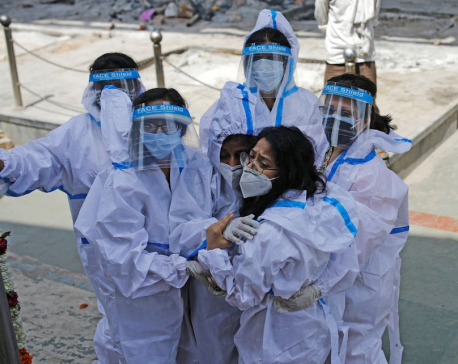
Lessons for Nepal from corona tsunami in India
As the world marches into yet another year of coronavirus pandemic, the second wave of infections in India has reached... Read More...
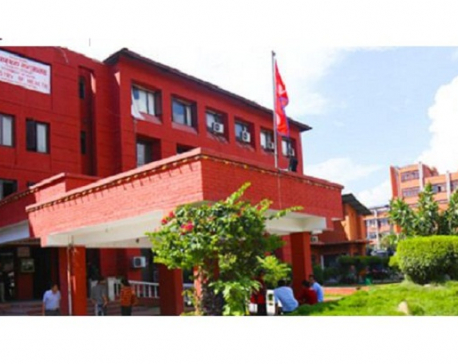
72 people die of COVID-19 in three days
KATHMANDU, April 26: A total of 72 people have died in the last three days due to COVID-19 infection, according... Read More...

Second wave of COVID-19: ‘Hard to save critically-ill patients’
KATHMANDU, April 25: The medical treatment provided to COVID-19 patients in Nepal is ineffective as the country battles the second... Read More...


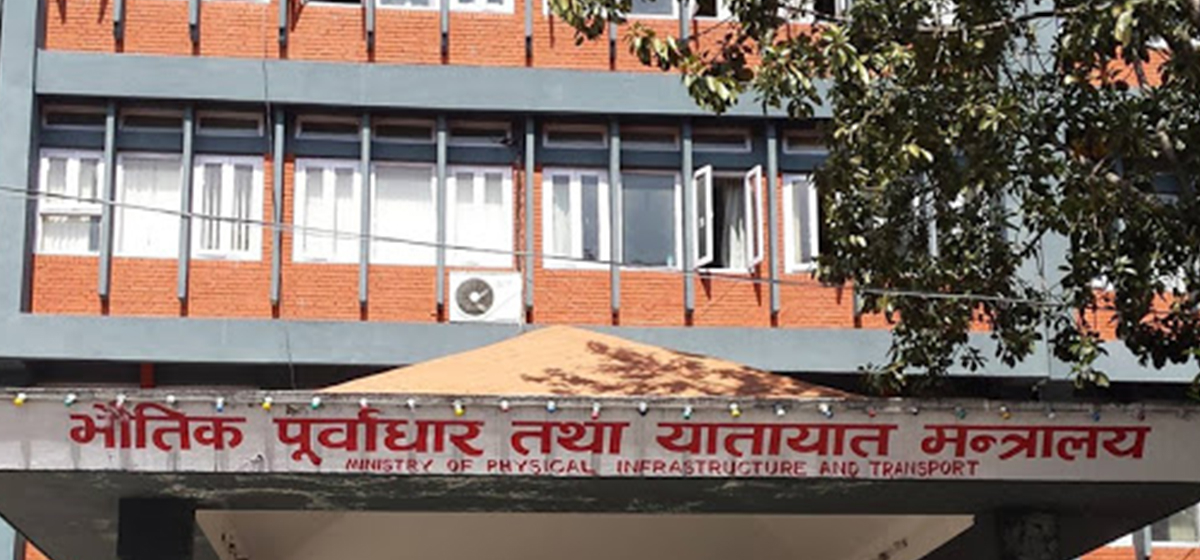


Just In
- EC seeks cooperation for free and fair by-election
- Bus carrying wedding procession attendees meets with accident in Sindhupalchowk claiming three live
- CPN (Unified Socialist) to hold its Central Committee meeting on May 10-11
- Over 16,000 paragliding flights conducted in one year in Pokhara
- MoPIT prepares draft of National Road Safety Act, proposes rescue within an hour of an accident
- Light rainfall likely in hilly areas of Koshi, Bagmati, Gandaki and Karnali provinces
- Customs revenue collection surpasses target at Tatopani border, Falls behind at Rasuwagadhi border in Q3
- Rain shocks: On the monsoon in 2024











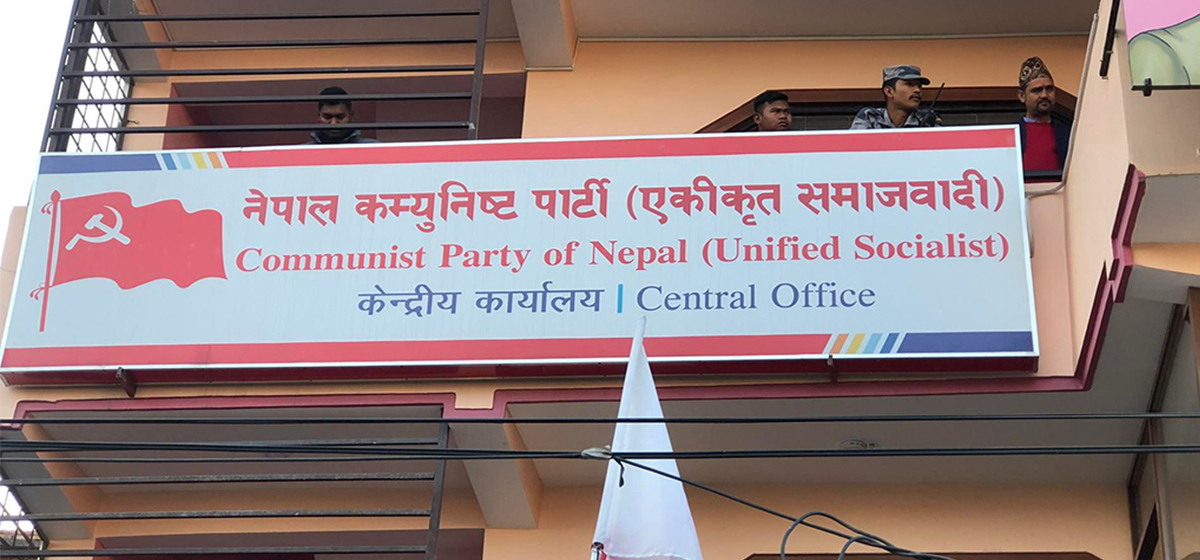
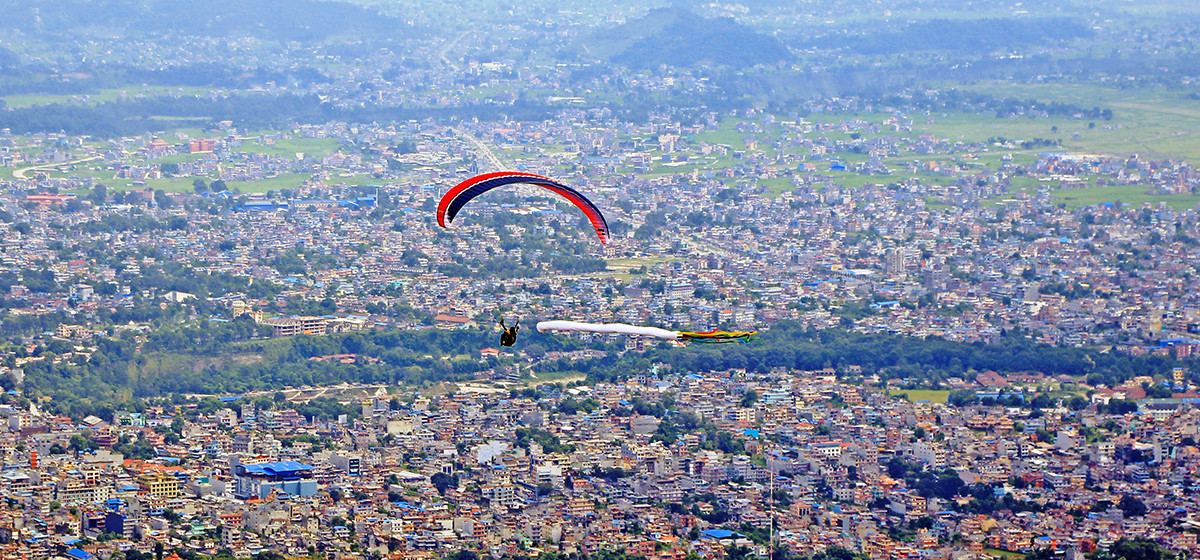
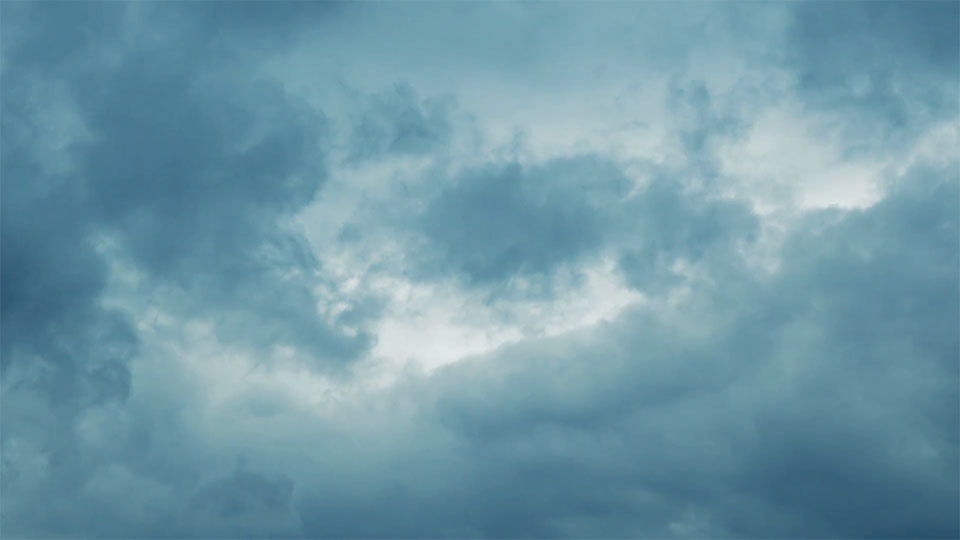
Leave A Comment